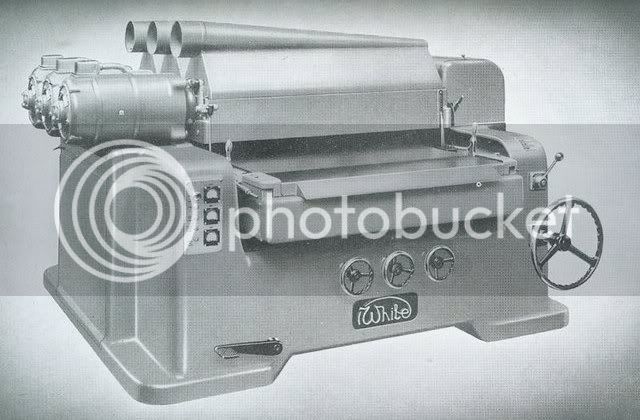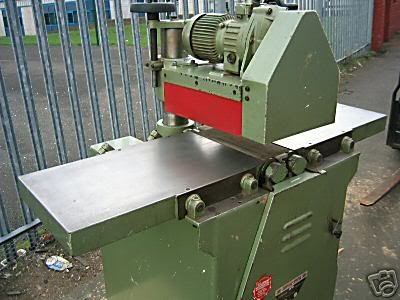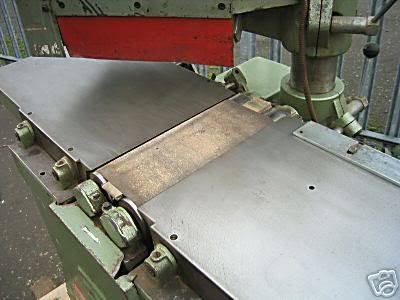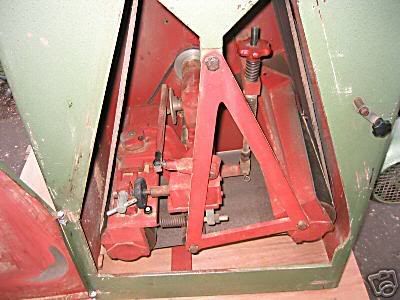inandout
Member
Is there any reason why I shouldn't adapt my 12 inch planer/thicknesser into a drum sander by removing the knives and attaching sandpaper to the cutter block Has anyone tried this? On the same theme could you attach sandpaper to a spindle moulder cutter block?












